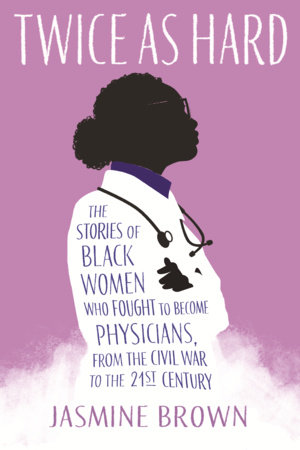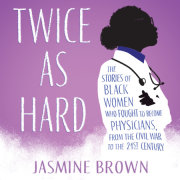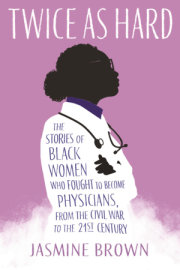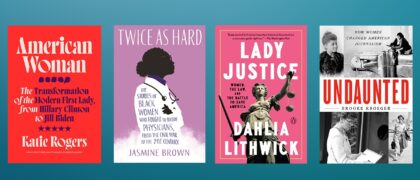Books for Women’s History Month
In honor of Women’s History Month, we are sharing books by and about extraordinary women who have shaped history and inspired change in their communities. Women’s History – Middle School Titles Women’s History – High School Titles





